PPFH: Post Production From Home

Thanks to modern technology, post production can happen from a remote location quite simply in 2020. But there’s far more to keeping the nuts and bolts of a post house spinning than just the technology to be able to do. LBB caught up with artists and business owners from across the global post production community to find out how they’re tackling the challenge, the type of work being done and their predictions for the type of work that could become the new norm moving forward.
Adrian Bosich (above), Managing Partner / Creative Founder, AIRBAG, Australia
Constraints breed creativity. When you take away the normal tools we have all become accustomed to, you have to puzzle-out alternatives.
With restricted shooting conditions, we’re working with agencies to convert certain live action shoots to a motion graphics and visual effects realm. We’re also developing new projects at the conceptual stage and guiding them through the opportunities and creative possibilities that VFX and CGI affords them.
While shooting is restricted to a large degree right now, restricted to shoots under very controlled circumstances, our directors are all visual storytellers who can lead projects with the creative and technical support of our VFX department.
When we receive a brief for a motion graphics concept, the first step is showing what’s creatively possible. It’s not just about 2D infographics and simple animation. Motion graphics can be sophisticated, multi-dimensional, artful and aspirational. In conjunction with beautifully rendered 3D, it’s such an adaptable and flexible medium which presents very effectively on social media.
Now is also a great time to look at using existing brand material and raid the rushes cupboard to find old gems which can be repurposed. Iconic characters or brand ambassadors can be adapted using techniques like digital ageing (or de-ageing), fully CGl backgrounds, closely controlled studio shoots that can have composited scenes through the windows, and stock footage to breathe new life into those older commercials. They don’t necessarily need to be green-screen shoots, we can rotoscope and extract elements from the original footage.
We’ve just finished a project for the Victorian Government which is a great example of using clean background plates and compositing bespoke photo-real 3D objects, along with footage of talent to create new scenes. Using a simple visual metaphor, we can convey how quickly Victoria’s transport infrastructure is being transformed. It shows how we can transform a simple landscape into a richly textured scene to tell stories.
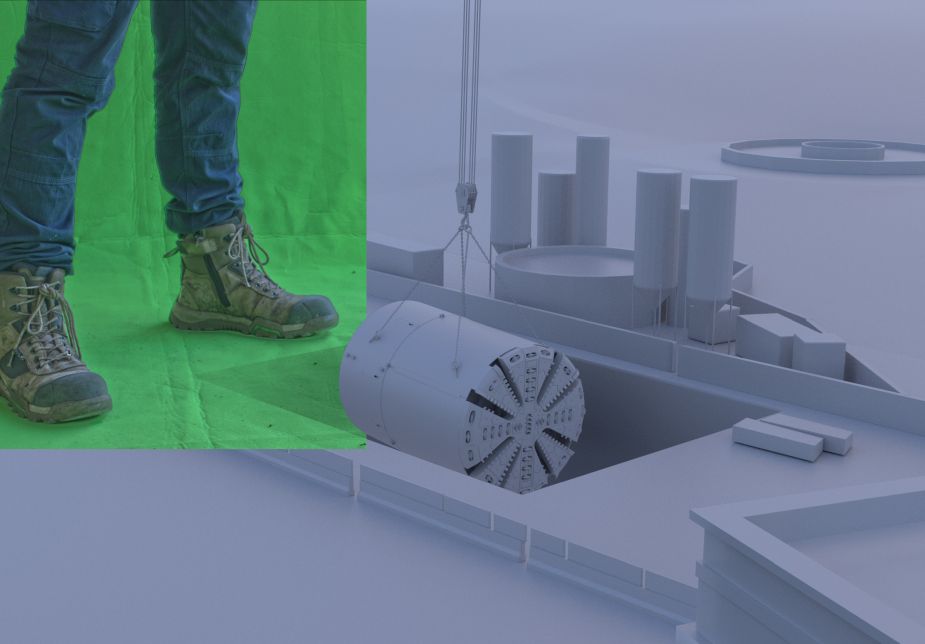
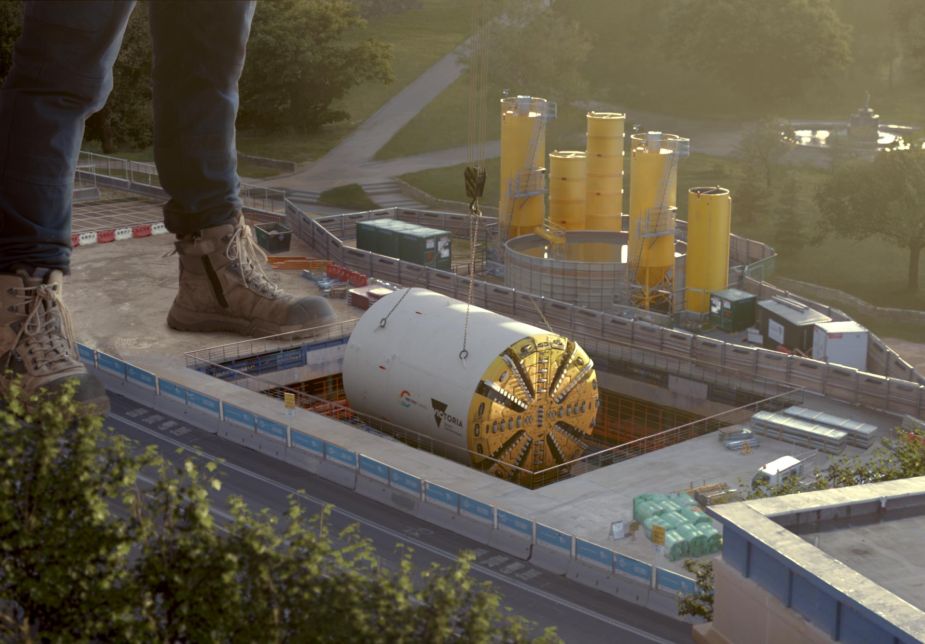
Our transition to remote work was relatively straightforward. We have sophisticated render infrastructure and networking already set up, and utilise it with freelance team members where required. We can all work from home with virtual access to our on-site machines, and can share and review our work using tailor-made software. We also hosted live-stream editing with clients able to watch the process in real time, provide feedback in a video-conference and see the results immediately. Simple shoots can occur under controlled circumstances, with a high bandwidth virtual video village people can log into from their homes.
We feel like this process will become the new normal for the foreseeable future so we’re also developing these systems to be more robust and streamlined as we work.
Charu Menon, Executive Producer, Heckler Singapore
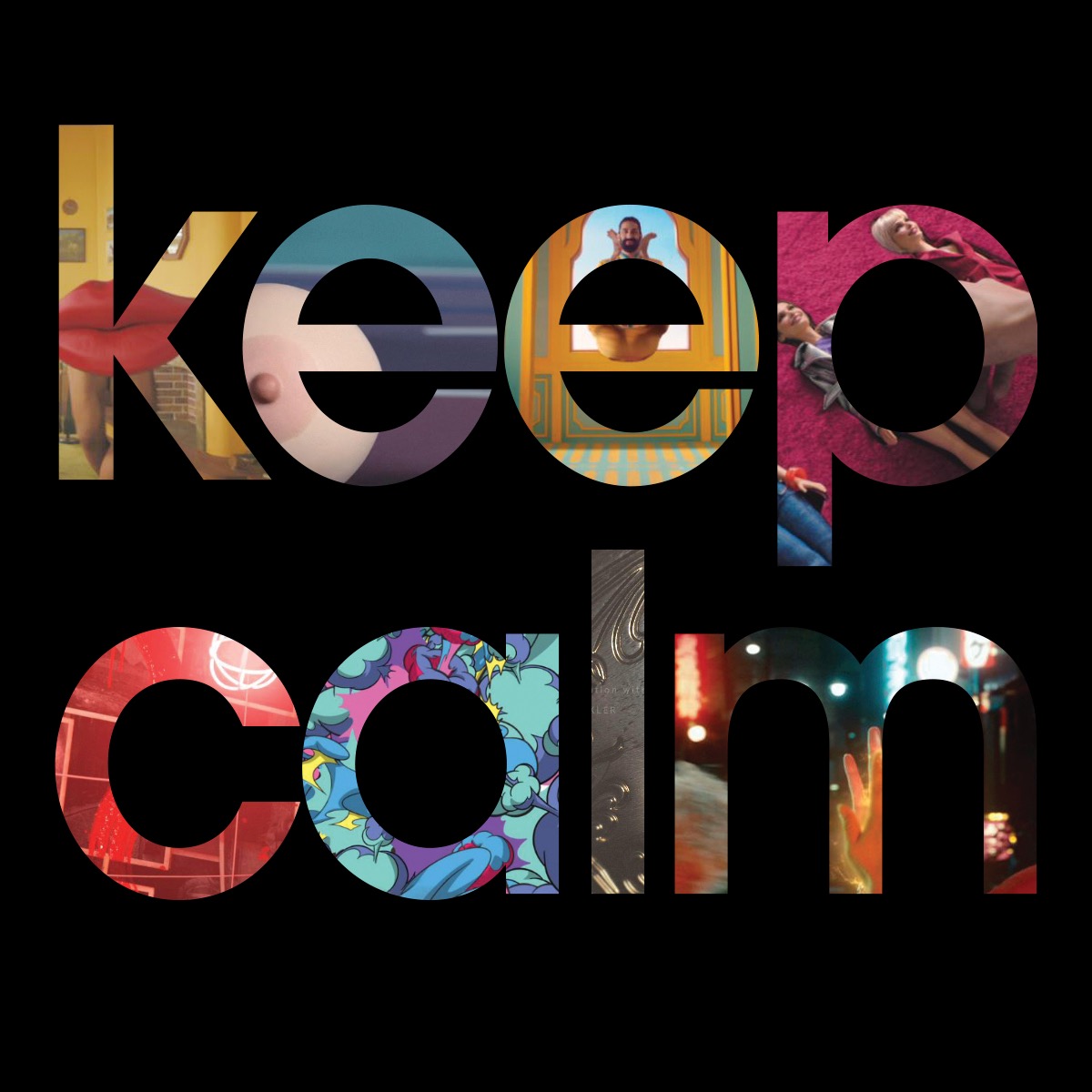
Times are uncertain and there is no clarity on how long it’s going to stay this way, so it’s only natural the creative industry (and every other industry) is in a world of pain right now. Unspent media budgets, postponed or cancelled world events and cautiously treading clients means there is a certain amount of unpredictability we need to contend with. But not everything is beyond our control. From a technological standpoint, we have never been better positioned as an industry to switch into a remote working pipeline.
As we work in Singapore to create content for our clients across Asia, remote feedback, reviews, and revisions is something we are very familiar with. For almost every campaign we work on, we create local versions for at least six or seven other regions/countries. This means different time zones, harnessing local studios to mirror/livestream content on broadcast monitors and managing a seamless post production pipeline.
We use platforms like Frankie for precise time-code based feedback inputs and of course Hangouts and YouTube Live in lieu of attended sessions. We find that for offline, VFX, 2D or 3D animation projects, this process of receiving written feedback tracked to each time code can work as well as attended sessions. It can streamline the process, helping consolidate comments in a more efficient manner.
Live action may be temporarily on hold, but using other techniques, such as animation, CG, motion graphics, typography and mixed media, means work can easily continue and remote working enables it to happen with relative ease. As we see an increase in demand for these genres of productions, we are uncertain if things will return to how they were, but we’re optimistic that there’s light at the end of the tunnel.
Steve Mottershead (below), Creative Director / Owner, Artjail
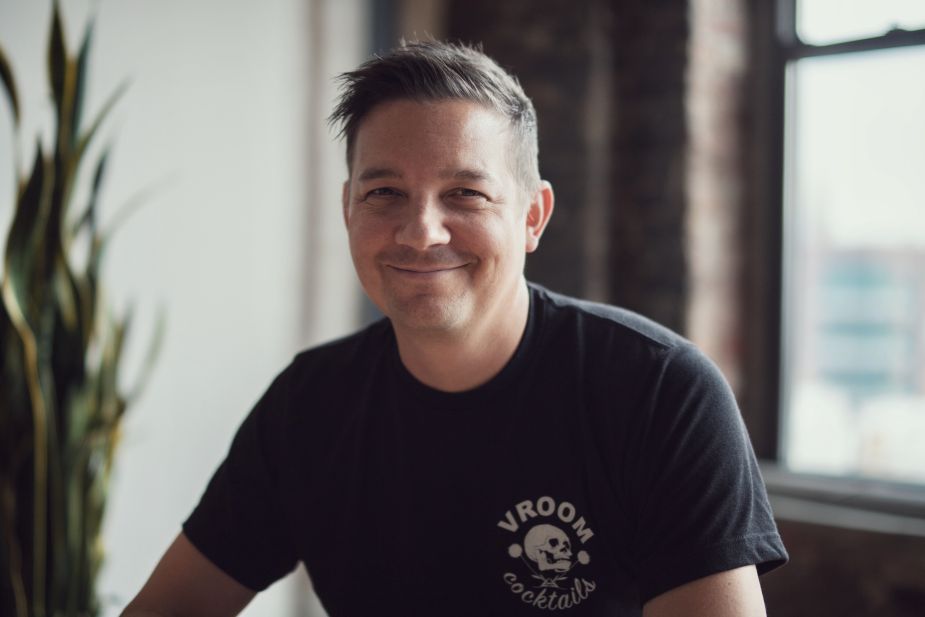
(As I write this) I am on day 13 of my 14 day government imposed self-isolation after returning from a shoot in Los Angeles. When I left my studio in New York’s Chinatown on March 1st, work was booming, I was weeks away from signing a lease for a third office in LA, and we had just made three new hires in our NYC and Toronto offices.
When I returned to my family in Toronto two weeks later, the entire world had changed. It felt as though we had been blindfolded, thrown in the back of a van and driven off a cliff without knowing when we were going to hit the ground.
In the VFX industry, we solve problems for a living. This is an unprecedented problem, but overcoming challenges and recalibrating mid-way through the plan is where our skill set shines.
Seeing as we are a creative bunch, we’ve seen brands and agencies pivot to 100% CG boards. Projects that they wanted to shoot are now being done effectively with CG and VFX. We’ve even seen opportunities to work with medical companies, making animated videos explaining technologies they are developing that may lead to faster, simpler Covid-19 tests.
It’s an interesting time to be a VFX / animation studio. I feel like the gaffer just panned a light onto us and the DP said “change that flood into a spot”. It’s time for our close up.
In NYC, where the issue to stay at home came with only a few days’ warning, our team worked hard to get us all set up remotely – led by our head of 2D Lee Towndrow, systems administrator Jonathan Li, and in the Toronto office head of 2D Andres Kirejew and head of 3D Gene Dreitser. Their foresight in bringing a plan together for a multi-country working system meant we transitioned to remote without losing even one day of work.
In so many dark circumstances, humans find a way to survive, and thrive. I believe that the challenges we face will also put the focus back on creativity. There will be opportunities to make interesting work using non-traditional approaches. As I’ve sat in quarantine, I’ve wondered: what would Michel Gondry or Spike Jones do right now? The best work, as always, is going to be rooted in the best ideas, coupled with the best craft, much of which will lay in the hands of post-production.
As I move forward with my team and stay committed to making high-quality work, I bear in mind the grief and loss that is the largest part of our new reality. It is our aim to help create work that is sensitive and sets the right tone.
We’ve also been thinking of ways to involve live action directors or creatives in a way that may not have traditionally been done, so that we can not only do amazing VFX but help give work back to the people in our industry that have been hit the hardest right now.
Spike! Gondry! We’re around, hit us up!
Ben Smith (below), ECD, The Mill New York
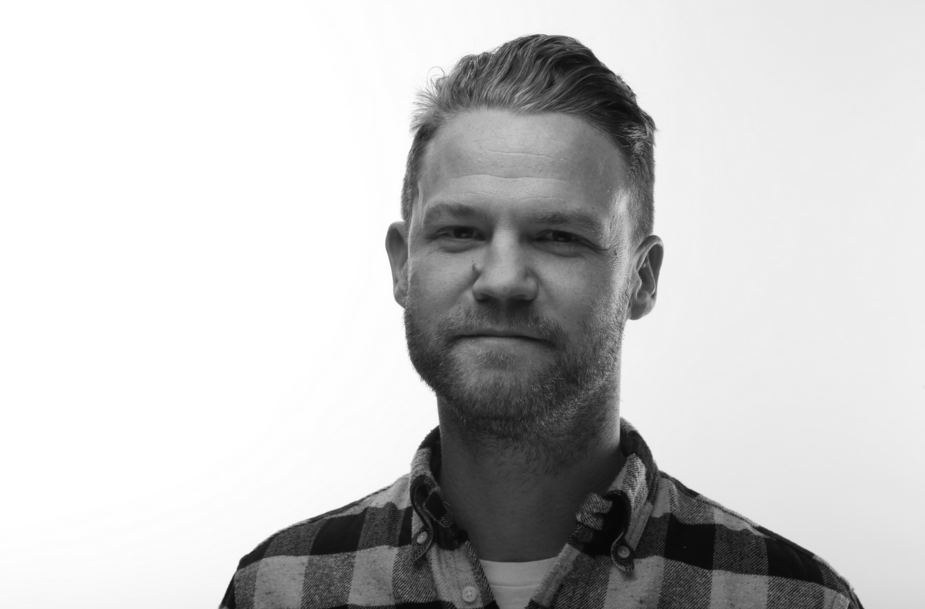
The artist Kiki Smith said, ‘art is a reflection of everything that impacts your life.’ Although frustrating, the restrictions around shooting live action provides an opportunity to lean into other, visual art-based, storytelling mediums.
Take animation for example, a medium that’s been used to create the impossible for over a century. Animation provides enormous creative freedom and flexibility and is limited only by the imagination. Although one of the more time-consuming artforms, thoughtful design decisions alongside the ever-evolving technological advances (real-time rendering, for instance) can lead to beautiful results faster than ever.
Stock footage is another good example. A once-maligned resource only to be used in case of emergency, it’s seen a major step-change in recent years, with a myriad of highly curated resources now readily available.
More than ever we’re increasingly dialed in to our screens – whether using VR, AR, or other screen-based interfaces, digital experiences can augment the world around you or transport you to new ones. In this time of isolation, creating activations that bring beauty, play, utility, and most importantly community to our lives, has never been more important.
And finally, there is a vast and growing stockpile of user generated content out there. By embracing the mediums of the moment and wrapping them in editorial flair, brands can quickly create work that resonates with their audiences.
Read more about how you can adapt your creative in this time of restriction in our Letter from the Mill.
Tim Nagle, Partner / Flame Artist at Lucky Post
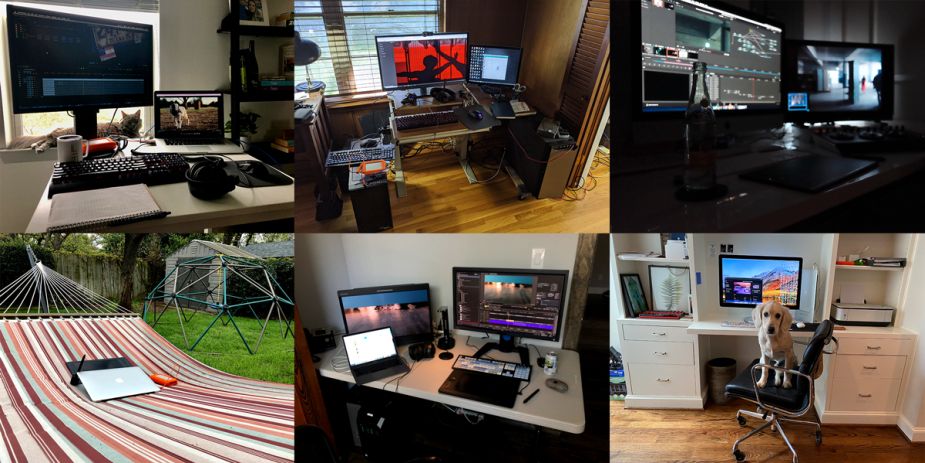
There are so many times since we’ve moved to working from home that I have reflected on our company name, Lucky Post, and really felt appreciation for the people on our team and our clients who trusted us to make the leap from a buzzing studio to a virtual experience.
The technical implementation meant we didn’t skip a beat, quickly and seamlessly moving all active projects duplicated to the cloud, virtualising workstations so artists can work from home and integrating a real-time collaborative streaming platform for interactive feedback and approvals. We have created our facility in a virtual environment: we mimic our shared storage and workstations from a datacentre so that we can work collaboratively with not only our clients but each other. When VFX are done with a file, there is no lag, no need to upload to a server, it is just available. This workflow is exactly what we have at Lucky Post.
We took all client drives to a secure location off site so they are available should we need to finish a spot. We also took all archived data on LTO, dating back to 2012, to my house so that we can revive anything a client might want to see. From this back catalogue, we have the ability to repurpose and reimagine a client’s existing content while live action production is on pause. Our team – which includes editing, design, colour, and audio in addition to VFX – is experienced in developing spots using stock footage and even filming ourselves – mostly hands and screens – to sub in for what will be brought to life later. We now apply this knowledge to creating final deliverables from stock sources or our client’s archive.
But what about the community that comes with collaboration? Staying connected to the culture of Lucky is something we wanted to ensure for our sense of place and purpose. We thrive on working alongside each other and our clients – so how could we keep that spirit going? Daily staff meetings with Google, happy hours via Zoom, sharing photos of at home workspaces and our ‘co-workers’ – spouses, pets, kids – have given us moments of levity. I have a smoker in my backyard (it’s Texas, people) so a few of us – working at safe distances and with clean, gloved hands – put together individually portioned BBQ dinners for scheduled pick-up by our staff. If people need time to talk about non-work things, we make time. That banter, that support – it’s more vital than ever. We miss the community crossword over breakfast, and laughing at silly things as we pass each other in Lucky’s iconic long hallway. But we also feel that unbreakable bond we forged strengthens as we face this new way of being.
We look forward to reuniting in person – but in the meantime, we are here to be a resource, and know we are in so many ways, truly Lucky.
Allen Sillery, VFX Supervisor, Screen Scene
‘Covid-19 – The Movie!’ – not quite in development yet, but we in the post production world will be here to make it happen.
Four weeks ago, upon getting the whiff of Coronavirus on the airwaves, I tentatively approached my engineering department to look into setting me up with an off-site home post studio (Autodesk Flame is my current toy). This was met with a clap and a scoff and a ‘Relax man – it’s not the end of days!’ Well nobody is scoffing now – and I am now merrily perched in front of my new off-site home post suite (and no engineering dept… not in my undies).
I was on a shoot, cheek-to-jowl with director and DP peering into monitors in a darkened sound stage, when the cluster-feck that is the coronavirus began to dawn on the Irish television and film production world. People were staring agape into their smartphones as their next gigs were suddenly being shut down, cancelled, postponed, rescheduled – it wasn’t a pretty sight.
Thankfully, here at Screen Scene Dublin, we hit the ground running – albeit with an initial mild cramp and a minor stitch – but we are now warmed up and are well on our way front-running in the Covid Marathon 2020. We are lucky, we have a robust engineering department, these guys ‘n’ gals know their stuff, and they made the transition happen on the spot. Monitors, servers, towers, keyboards, wacoms, VPN’s, licenses – you name it – were all shipped out immediately. It was impressive.
All our commercials VFX dept are now working remotely from home and it is fantastic. Managing jobs remotely has become surprisingly smooth and now second nature. A production-led Microsoft Teams thread for each job keeps everyone informed as to who is doing what. Skype conference calls with clients is working a treat. Secure login to our on-site servers back at the mothership have been put to great use for quickly dropping shots to each other. In fact in many cases, an operator will be working on their home suite and also remote logging into their office kit, so in essence running two machines – this makes producers feel all warm ‘n’ fuzzy inside.
We are also very lucky in the sense that we have a client base that trusts us. Production on all jobs continues at pace. Re-versioning, on-going and pitches on future jobs are all in full flow. And it is these future jobs that could be very interesting indeed. Already we are discussing with production companies and directors about novel new ways in which to shoot a commercial. Home productions with high-end production values are on the way. The next couple of months, although scary, could see the emergence of a whole new creative approach to bringing commercials to fruition.
And we at Screen Scene, be it in our kitchens/dens/sheds/under the stairs/in the attic or nestled in our favourite hedge out the back, aim to be at the forefront… and no, not in our undies.
Billy Wright, VFX Artist, ENVY Advertising
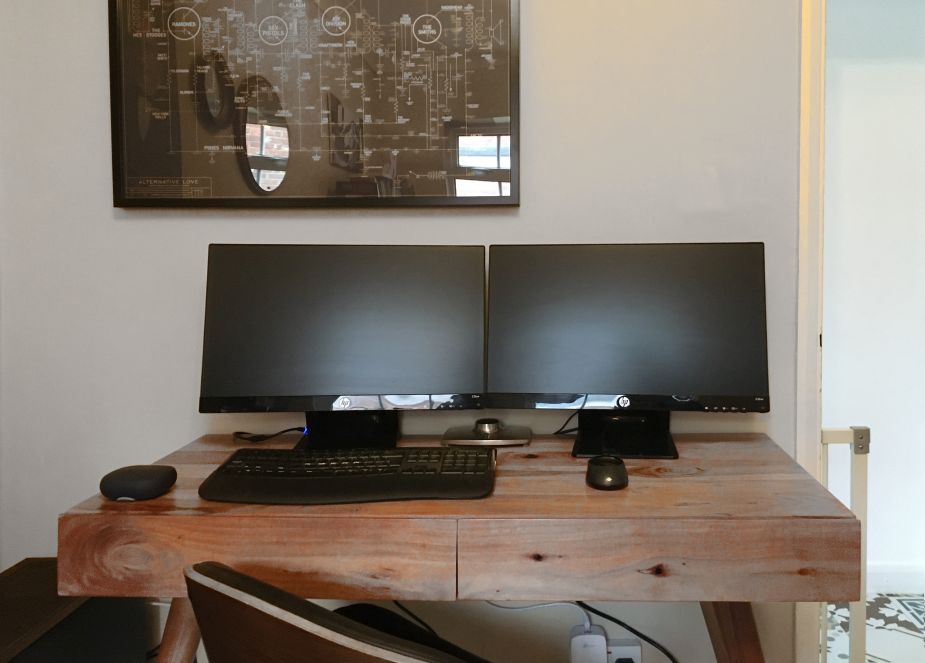
Personally I’m a firm believer of moving with the current rather than against it. Shoots are currently rarely happening at best, and at worst not taking place at all – mainly the latter unfortunately. Luckily we live in an age where adapting to the current production zeitgeist is far less of a problem than it might once have been. Positively, as we as an industry adapt, it allows creatives to approach things in ways they might not have previously, or to think about creating content in a more non-traditional way.
In the last 10 years or so we’ve all witnessed the rise of social content and online ads. Now, by and large, the budgets for these tend to be leaner, and naturally the bias toward motion gfx greater. This makes sense as MGFX or even VFX generally requires less outlay and less operators than a traditional shoot. In addition to this, motion gfx can be tailored more easily to social content: artwork, typographic elements, even character animation can be created to be seen more clearly on a phone or tablet and often more arresting colourways can be employed to make content not only stand out from the crowd, but stand out on an iPhone being viewed on a bright sunny street.
So what does all this mean for our current situation? Well, naturally I can see an unavoidable shift in the creative process toward CG content and motion graphics. Over the last decade or so I have worked from home and in-house at a ratio of about 30/70 respectively. Whilst once that would have meant owning all of the requisite software and making sure you had every plug-in under the sun when I was a freelancer, now, with the kind of powerful remote set-up like we have here at ENVY Advertising, I’m able to carry on as if I were physically sat at our Mortimer Street base. Literally nothing has changed for me except my physical location.
Naturally we’re currently more reliant on video meetings on apps like Zoom, but so far those have been great. There’s nothing quite as immediate as a good old face-to-face but in a pinch, there’s little difference in my opinion. Luckily our IT/engineering team are second to none and the transition from everyone being in-house to a node-based situation has been impressively smooth. In the last week we’ve been delivering large amounts of content on a current campaign I’m involved with and everything has been bang on target in terms of WIPS and final deadlines.
So whilst there are bound to be a few interesting and challenging months ahead for everyone right now, I’m very much looking forward to seeing what kind of creative projects this will yield for those of us in MGFX.
Tom Bussell, VFX Supervisor / Partner, Blacksmith
When we first set up Blacksmith a little over five years ago, our vision was to open a global boutique shop that could run from anywhere. We’ve been used to working with artists in different locations from the very start and have therefore built infrastructure around that, so this isn’t completely new to us. However, five years ago the technology wasn’t fully advanced to work remotely as efficiently as it is now.
We have a secure, encrypted VPN connection to our network, meaning we have full access from home as if we were physically working at the office, with the same level of security. We have built tools to share assets and update our latest work with ease, meaning less time wasted. We have a storage server on the cloud and can run full workstations using AWS, meaning we can be completely cloud based without interruption whilst using our same inhouse software, tools and infrastructure when a new project starts. With all of this tech in place, communication has remained key. Making sure we schedule video conferences to discuss progress with the entire team has become critical for the creative process.
As we move towards leaning on stock libraries for content, let’s use it as more of a base. We want our clients to lean on us to augment that footage, and help tell their story. Vimeo stock is a great resource for that. So many talented people are shooting high end photography that is available to use. We’ve just finished an incredibly moving short for Facebook’s response to Covid-19 which was created with mixed media, consisting of preexisting footage that was then augmented by our VFX team, working completely remotely. We’ll see even more of this guerilla style approach as this time continues; using stock as a base, VFX to manipulate images, and CGI to add elements to footage. We feel we are well-equipped to rise to the occasion. Motion graphics, animation and full CGI work will also shine in the coming months. We’re seeing scripts that were initially intended to be live action be re-worked to fit into an animated world.
Obviously it’s hard to plan a timeline for when business can resume as usual in the current global situation, but the question is, what can we do now in this moment to help continue producing great work? The situation has certainly been damaging to the industry in the short term. But, like anything that is economically disruptive, it makes us take stock and improve, think smarter and adapt. Constraints can be good for creativity and I hope we can all see the opportunity to continue to produce memorable work in these incredible times.
Alex Thomas, Creative Director, Head of 2D, Framestore Los Angeles
The visual effects industry plays a critical role in the storytelling business – communication is in our DNA. In a sense, we have been working remotely across multiple sites, and with international clients for over 15 years via platforms like cineSync – the main difference now is that all our artists are also offsite. This way of working, and the frenetic pace with which VFX houses have always adapted crewing from project to project, has laid the foundation for how our team is functioning right now.
While live action shoots are not an option, there are endless solutions that brands and content creators can consider in its place –from bringing stock footage to life, to getting creative with at-home studios, and even experimenting with remote talent direction.
When it comes to leveraging CG and VFX capabilities, brands can bring iconic characters back to life, build bespoke assets, and create fully CG environments. We have experience with everything from full CG photoreal worlds, through to stylised and motion graphics interpretations, so there really are no limits.
Artists and brands should use this time to focus on reimagining location-based immersive experiences as full digital executions accessible at home via VR/AR and mobile. Clients put significant budgets behind creating character assets, but don’t often use them beyond commercials. Now is the time to leverage those existing assets across platforms in ways that entertain and engage consumers. Why not consider mobile applications where creatures crawl across your dining room table, or populate the latest model of a vehicle in your driveway?
Another exciting capability we continue to explore is real-time animation through motion and face capture technology – think digital characters and brand ambassadors that can broadcast live across channels. A previous example that comes to mind is a real-time digital puppeteering system we created for Beats by Dre, which allowed live control over the Pill characters for real-time content (voiced by comedians), and was then disseminated across social channels.
We feel fortunate to have the opportunity to work safely from our homes during this difficult period, but this may also shift how the industry at large will leverage remote capabilities and collaboration moving forward. Let’s all be eternally grateful to the global army of health workers, running each day into the battle. Stay safe, everyone.
Continue reading on LBBOnline…
Have you got a working from home story you want to share? Email ricki@campaignbrief.com
